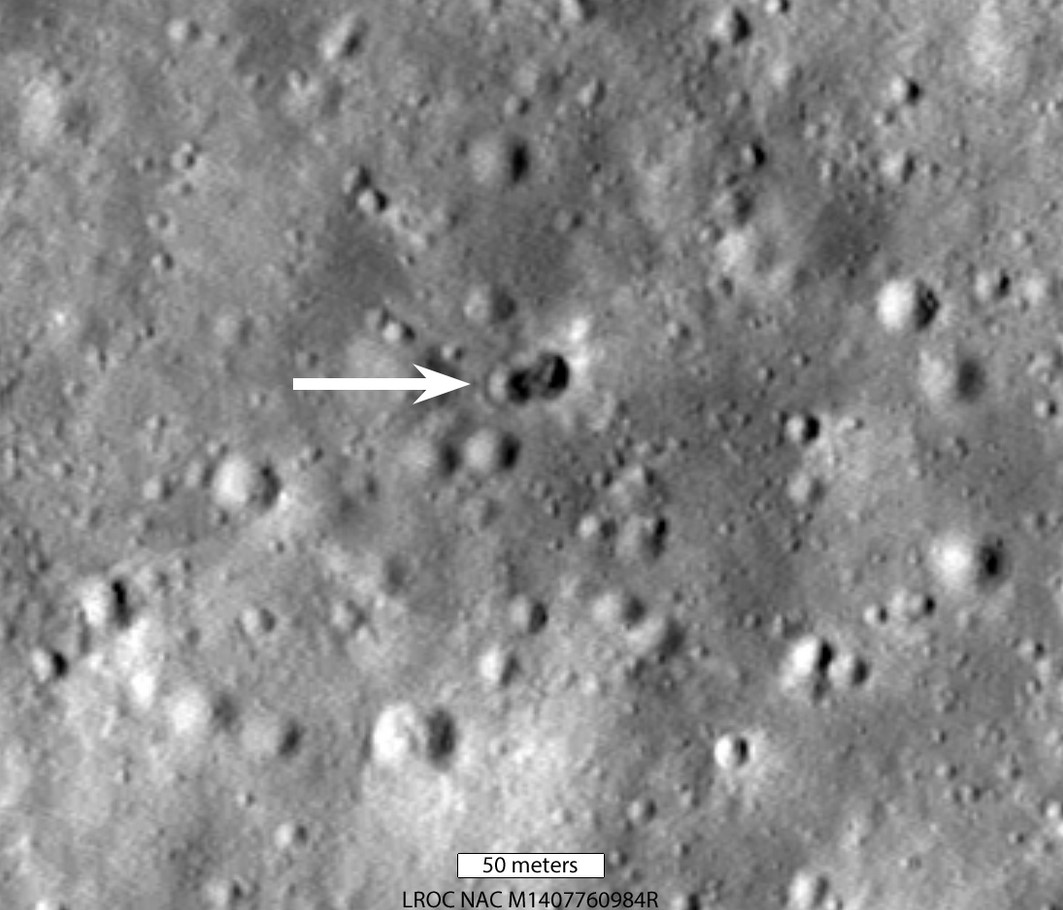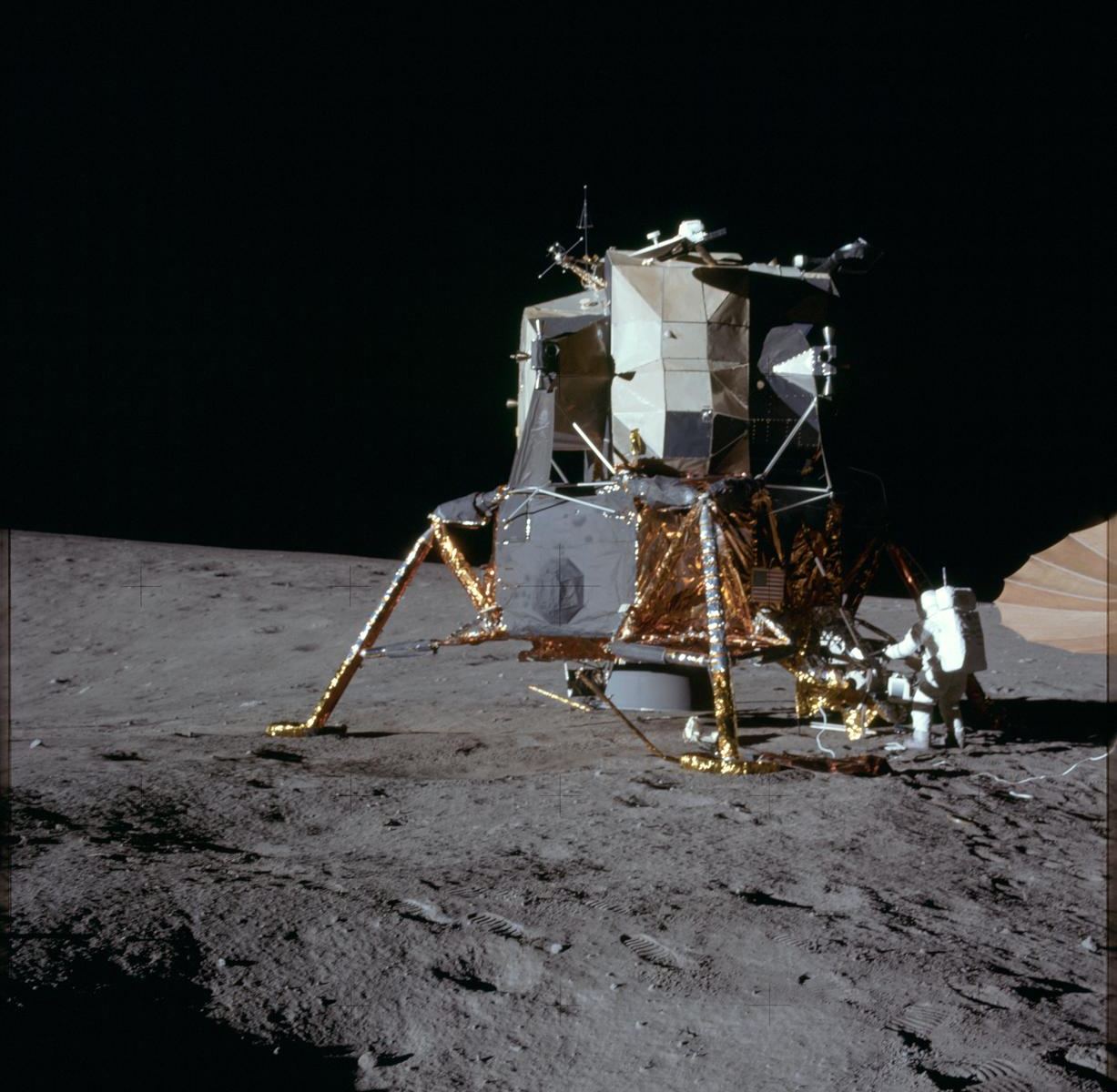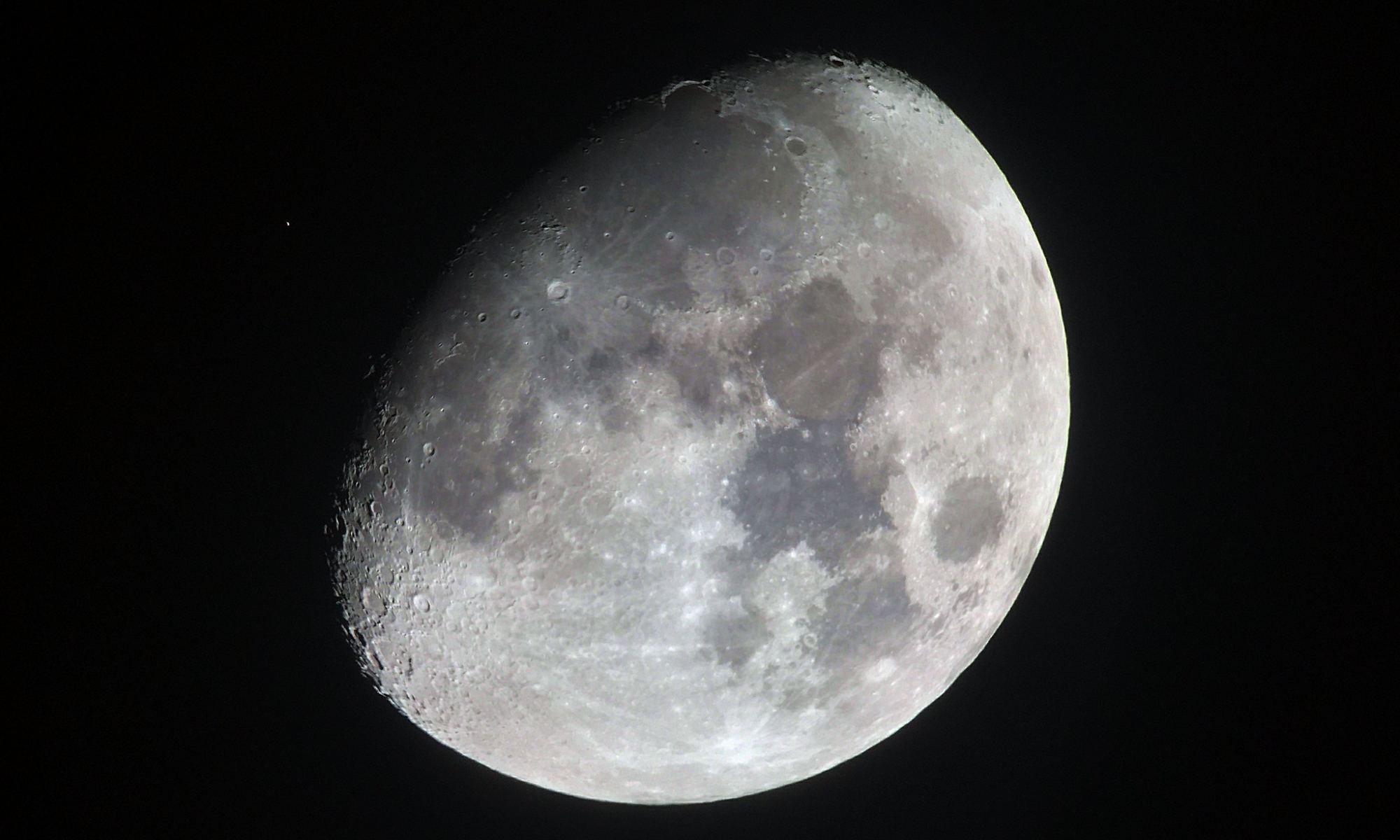Space missions regularly test multiple new technologies in one go. It’s very common to have a single mission test out three or more new technologies, making them “flight-proven.” Unfortunately, that sometimes means that though one particular new technology, or even many of them, might succeed, one technology could work. At the same time, another one could fail, and that single failure might mean that several other technologies might never even get a chance for their day in the Sun. That seems to have happened with NASA’s first Commercial Lunar Payload Services (CLPS) mission. While the Vulcan rocket, developed by the United Launch Alliance (ULA), lifted off successfully, the Peregrine lander, developed by Astrobotic, seems to have run into an error that jeopardizes the rest of the mission.
Continue reading “The First Launch of ULA’s Vulcan Goes Smoothly, but there’s a Problem with its Lander Payload”We Owe Our Lives to the Moon
Life appeared on Earth through a series of lucky coincidences, and that luck started with our Moon. None of the other planets of the inner solar system have significant moons. Space is lonely around Mercury and Venus. Mars does have two small moons, Phobos and Deimos (Fear and Despair, befitting companions for the God of War), but those are simply captured asteroids, lassoed in the not-too-distant past and doomed to eventually come close enough to their unloving parent to be torn to shreds by gravitational forces.
Continue reading “We Owe Our Lives to the Moon”Questions Remain on Chinese Rocket That Created an Unusual Double Crater on the Moon

In November, we reported how an impact on the Moon from a Chinese Long March rocket booster created an unusual double crater. For a single booster to create a double crater, some researchers thought there must have been an additional – perhaps secret – payload on the forward end of the booster, opposite from the rocket engines. But that may not necessarily be the case.
Other researchers feel the extra mass wasn’t anything secretive, but possibly an inert structure such as a payload adapter added to the rocket to support the primary mission payload.
Continue reading “Questions Remain on Chinese Rocket That Created an Unusual Double Crater on the Moon”ESA is Stockpiling Simulated Regolith for the Ultimate Lunar Playground.
Testing interplanetary landers means putting them in an environment as close to their destination as possible. Mars landers are often tested in the ‘Mars Yard’ at NASA’s Jet Propulsion Laboratory in South California and now, ESA are looking to build a similar test bed for the Moon. They are mining a mateiral in Greenland known as Anorthosite to create the largest lunar test bed yet.
Continue reading “ESA is Stockpiling Simulated Regolith for the Ultimate Lunar Playground.”A Radio Telescope on the Moon Could Help Us Understand the First 50 Million Years of the Universe
In the coming decade, multiple space agencies and commercial space providers are determined to return astronauts to the Moon and build the necessary infrastructure for long-duration stays there. This includes the Lunar Gateway and the Artemis Base Camp, a collaborative effort led by NASA with support from the ESA, CSA, and JAXA, and the Russo-Chinese International Lunar Research Station (ILRS). In addition, several agencies are exploring the possibility of building a radio observatory on the far side of the Moon, where it could operate entirely free of radio interference.
For years, researchers have advocated for such an observatory because of the research that such an observatory would enable. This includes the ability to study the Universe during the early “Cosmic Dark Ages,” even before the first stars and galaxies formed (about 50 million years after the Big Bang). While there have been many predictions about what kind of science a lunar-based radio observatory could perform, a new research study from Tel Aviv University has predicted (for the first time) what groundbreaking results this observatory could actually obtain.
Continue reading “A Radio Telescope on the Moon Could Help Us Understand the First 50 Million Years of the Universe”We've Entered a New Era: The Lunar Anthropocene
For almost half a century, the term “Anthropocene” has been informally used to describe the current geological epoch. The term acknowledges how human agency has become the most significant factor when it comes to changes in Earth’s geology, landscape, ecosystems, and climate. According to a new study by a team of geologists and anthropologists, this same term should be extended to the Moon in recognition of humanity’s exploration (starting in the mid-20th century) and the growing impact our activities will have on the Moon’s geology and the landscape in the near future.
Continue reading “We've Entered a New Era: The Lunar Anthropocene”For its Final Trick, Chandrayaan-3 Brings its Propulsion Module to Earth Orbit
On August 23, ISRO’s Vikram lander detached from its propulsion module and made a soft landing near the Moon’s south pole region. The lander then deployed its Pragyan rover, and for two weeks the endearing little solar-powered rover performed marvelously, detecting water ice and characterizing the makeup of the lunar regolith before succumbing to the darkness and cold of the lunar night.
But since the rover mission ended, the propulsion module that brought it to the Moon has made a detour, performing a series of complex maneuvers that took it from a tight lunar orbit back to Earth orbit. This was possible because the module still had more than 100 kg of fuel, allowing scientists to conduct additional maneuvers and experiments.
Continue reading “For its Final Trick, Chandrayaan-3 Brings its Propulsion Module to Earth Orbit”Europe is Working on a Multi-Purpose Habitat for the Moon

With NASA gearing up to send humans back to the Moon in the next few years with the Artemis missions with the goal of establishing a permanent outpost at the lunar south pole, nations are making efforts to contribute to Artemis and a permanent presence on our nearest celestial neighbor. Recently, the Italian Space Agency, formally known as Agenzia Spaziale Italiana (ASI), has taken steps to establish the first permanent outpost on the lunar surface, known simply as the Multi-Purpose Habitat (MPH). This endeavor was officially kicked by the ASI signing a contract with the French-based aerospace company, Thales Alenia Space, who specializes in space-based systems, including ground segments and satellites used for both Earth observation and space exploration.
Continue reading “Europe is Working on a Multi-Purpose Habitat for the Moon”A Chinese Booster (and Additional Secret Payload) Caused a Double Crater on the Moon

Last year, astronomers warned that a large piece of debris was on a collision course with the Moon. Initially, they speculated that it was a SpaceX booster but later zeroed in on a Chinese Long March 3C rocket booster that launched the Chang’e 5 mission. When it did impact on March 4, 2022, astronomers noted a strange double crater.
A new paper suggests that it couldn’t have been a single object breaking up since there’s no atmosphere on the Moon. Instead, the booster must have been carrying an additional, undisclosed payload.
Continue reading “A Chinese Booster (and Additional Secret Payload) Caused a Double Crater on the Moon”Simulating How Moon Landings Will Kick Up Dust

When spacecraft land on the Moon, their exhaust strikes the powdery regolith on the lunar surface. The Moon has low gravity and no atmosphere, so the dust is thrown up in a huge plume. The dust cloud could possibly interfere with the navigation and science instruments or cause visual obstructions. Additionally, the dust could even be propelled into orbit, risking other spacecraft nearby.
In working to better understand the impact future landers might have on the lunar surface, NASA has developed a new supercomputer simulation. They used it to predict how Apollo 12’s lunar lander exhaust would interact with regolith, then compared this to the actual results of the landing.
Continue reading “Simulating How Moon Landings Will Kick Up Dust”





